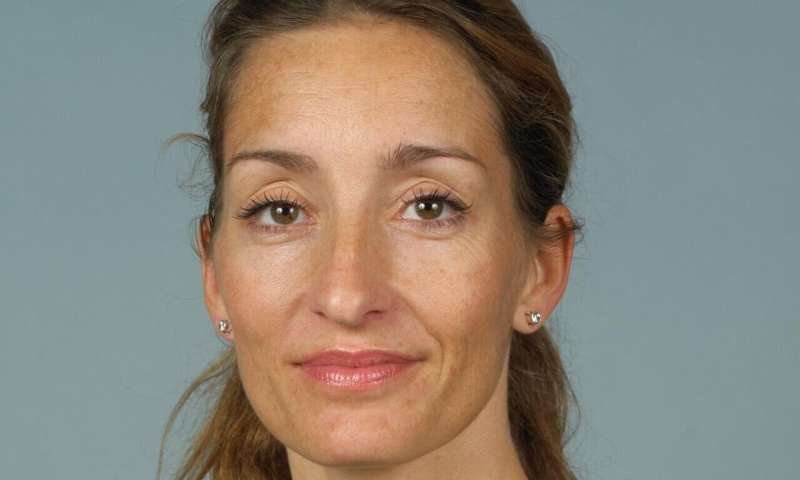
In a group of internationally adopted children with cleft lip and/or palate, speech at age five is impaired compared to a corresponding group of children born in Sweden, a study shows. The adopted children also need more extensive surgery, which may be due to their surgical interventions taking place later in life.
“The study shows they undergo more operations, have more complications, and have more speech difficulties at age five,” says Johnna Scholin, Ph.D. Student in plastic surgery and first author of the study, published in Journal of Plastic Surgery and Hand Surgery.
“However, one must bear in mind that this is not an end result for the children, and as we see it, following them over time is extremely important,” she emphasizes.
The study comprises 50 children, born 1994-2005. Half were born in Sweden and half adopted to Sweden from other countries, especially China. The children were born with cleft lip and/or palate (CL/P). The two groups were matched in terms of age, sex, and cleft type.
Cleft palate, which means that the face and palate have not fused early in fetal life, is a birth defect affecting around two in every thousand babies born in Sweden. When a cleft it is detected in a routine ultrasound, the parents-to-be are referred to a specialist cleft team for a consultation. This is the first meeting of many.
In the group of Swedish-born children in the study, their lip and palate surgery had been initiated when they were six months old, as usual in Sweden. In the adopted children, whose average age at arrival was two and a half years, the important palate surgery was delayed by an average of 21 months, the results show.
“Their palate function and speech were significantly impaired at age five compared to the Swedish-born children’s. In some cases, it was only the parents who were able to understand their children. Both speech-enhancing surgery and speech therapy are part of further treatment options, but there’s a high risk of the adopted children having to undergo several operations,” Scholin says.
The adopted children had more palatal fistulas (holes between the mouth and nasal cavities) as a complication after surgery, possibly caused by poor nutritional status prior to adoption and thus impaired healing. Other conceivable explanations are multi-resistant bacteria and diseases that the children are not known to have at the time of adoption. In our experience, the medical records that follow the children from their home countries, are often both invalid and missing data, hence not helpful.
Children with cleft palate generally have more ear infections, which can affect hearing. In the study, 21 of the 50 had hearing loss. Most (12) of these children were in the international adoptees’ group, which entailed a further strain on their language switch.
Scholin is driven by a strong desire to help the children, both in her research at Sahlgrenska Academy, University of Gothenburg, and as a CL/P surgeon and senior consultant at the care unit for children and adolescents at Sahlgrenska University Hospital.
She emphasizes the importance of the cleft team’s efforts, in which plastic surgeons, speech language pathologists, ENT doctors, dentists, a psychologists, a CL/P nurses, and clinical coordinators work together to improve the adopted children’s treatment outcomes and situation.
Source: Read Full Article
